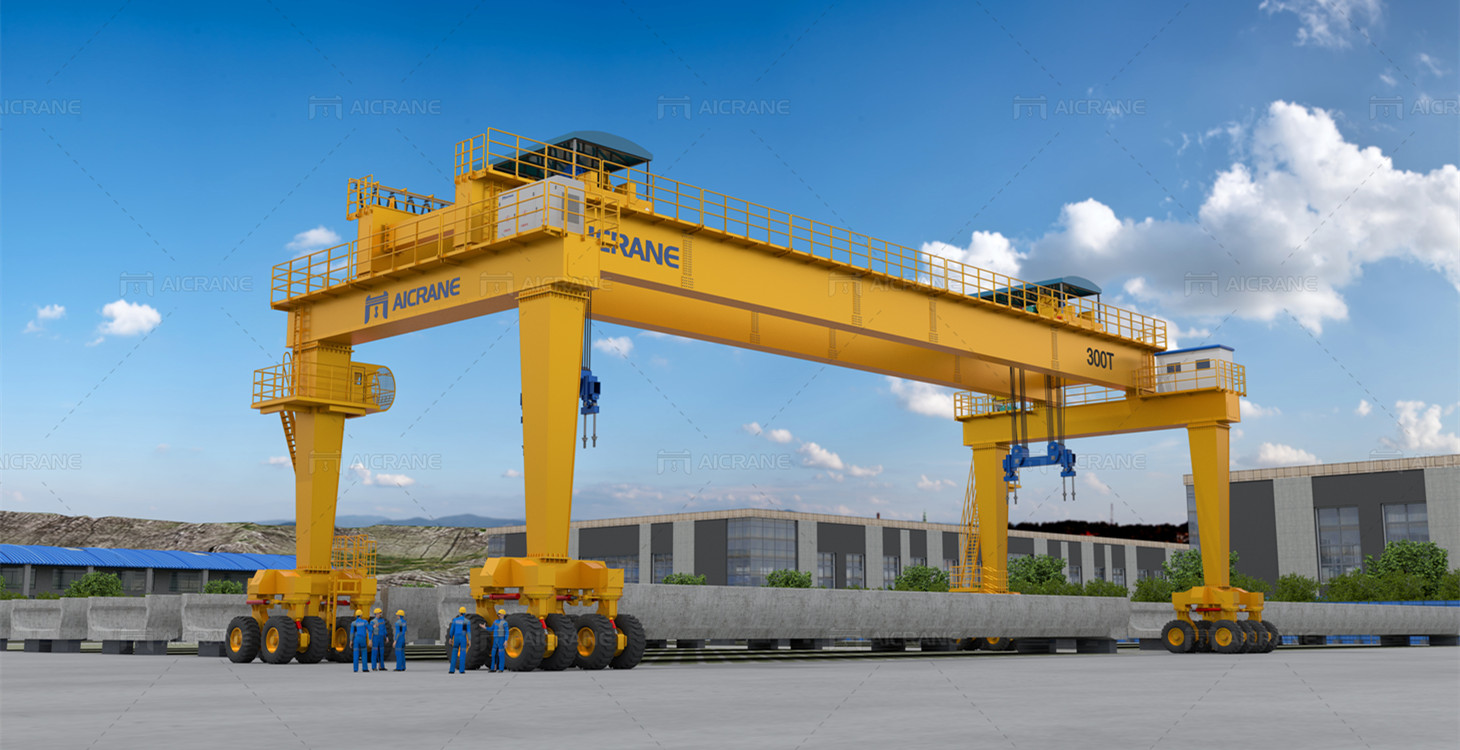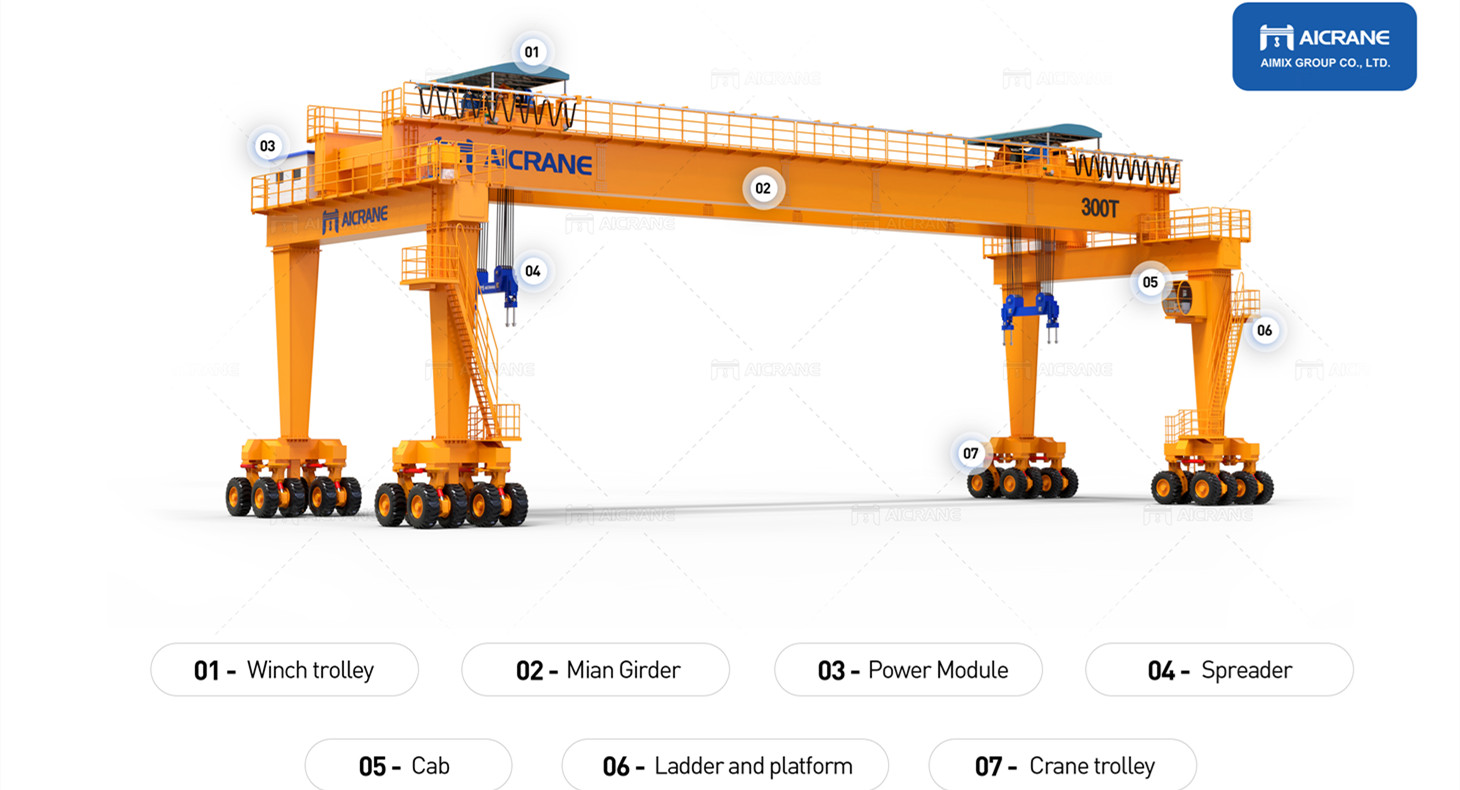Driving a straddle carrier requires skill, precision, and a thorough understanding of the vehicle’s controls and operations. Straddle carriers are large, specialized machines used to transport and stack containers in ports, terminals, and logistics facilities. In this passage, we will explore the step-by-step process of driving a straddle carrier, highlighting key considerations and techniques for safe and efficient operation.

Pre-Operational Checks
Before starting the engine and moving the straddle carrier, it is crucial to conduct a thorough pre-operational check. How to drive a straddle carrier? Inspect the vehicle for any visible damage or defects, such as tire condition, hydraulic leaks, or faulty lights. Ensure that all safety devices, including alarms, lights, and interlocks, are in proper working order. Check the fuel level, engine oil, and hydraulic fluid levels, and refill if necessary. It is essential to adhere to the manufacturer’s guidelines and maintenance procedures during the pre-operational checks.
Mounting and Starting the Vehicle
To begin driving the straddle carrier, climb into the operator’s cabin using the provided access ladder or steps. Fasten your seatbelt and adjust the seat and mirrors for optimal visibility. Insert the key into the ignition switch and start the engine following the instructions of crane manufacturer. Familiarize yourself with the location and function of the various controls, including the steering wheel, accelerator pedal, brake pedals, transmission controls, and hydraulic levers.
Understanding the Controls
A straddle carrier typically features a steering system designed to articulate or pivot the wheels, allowing for maneuverability in tight spaces. The vehicle may have separate controls for steering the front and rear wheels or a combined control system. Take the time to understand how the steering system operates, as it directly influences the turning radius and handling of the straddle carrier.
Moving Forward and Backward
To move the straddle carrier forward, release the parking brake (if engaged) and press the accelerator pedal gently. As the vehicle gains momentum, increase the pressure on the accelerator to reach the desired speed. To slow down or stop, gradually release the accelerator pedal and apply the brake pedal smoothly. Remember to maintain a safe distance from other vehicles or obstacles and adjust your speed accordingly.

Steering
When steering the straddle carrier, it is crucial to be aware of its turning radius and potential tail swing. The turning radius refers to the space required for the vehicle to complete a turn without hitting any obstacles. Understand the limitations of the straddle carrier’s turning radius and plan your maneuvers accordingly. Be mindful of the rear overhang or tail swing, as it can swing out wider during turns. Take extra precautions to avoid colliding with structures or other equipment during sharp turns.
Container Handling
The primary function of a straddle carrier is to handle containers. When picking up or setting down a container, approach it slowly and align the spreader bars or twist locks with the corresponding holes or corners of the container. Use the hydraulic levers to control the spreader’s movements, ensuring a secure grip on the container. Avoid sudden movements or jerks to prevent damage to the cargo or the container gantry crane itself.
Safety Considerations
Safety should always be a top priority when operating a straddle carrier. Observe and adhere to all safety regulations and guidelines provided by the port or terminal authority. Maintain situational awareness and be vigilant for pedestrians, other vehicles, or equipment in the vicinity. Always use the designated traffic lanes and follow the prescribed speed limits. Communicate with other operators or ground personnel using hand signals, radios, or intercom systems if available.
Maintenance and Post-Operational Checks
After completing your tasks, park the straddle carrier in a designated parking area or as instructed by the supervisor. Apply the parking brake, shut off the engine, and remove the key. Perform post-operational checks to ensure that the vehicle is in proper condition for the next shift or operation. This includes checking for any damage, leaks, or malfunctions and reporting them to the relevant personnel.
In conclusion, driving a straddle carrier requires skill, attention to detail, and adherence to safety protocols. By following the step-by-step process outlined above and considering key considerations such as pre-operational checks, understanding the controls, safe maneuvering techniques, and container handling procedures, operators can efficiently and safely navigate these specialized machines. Remember to always prioritize safety, exercise caution, and undergo training specific to the make and model of the straddle carrier you are operating.